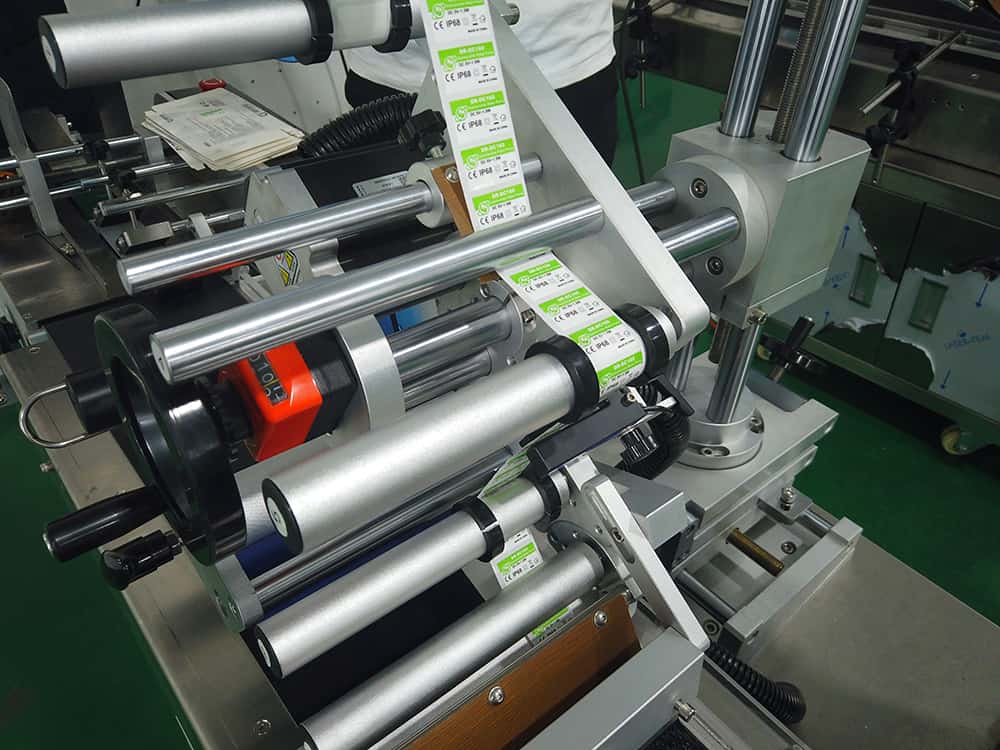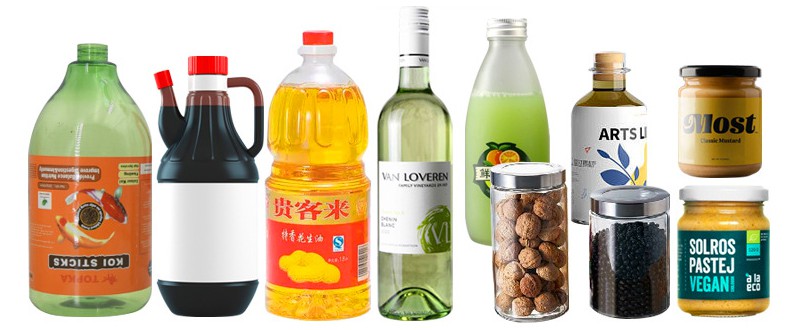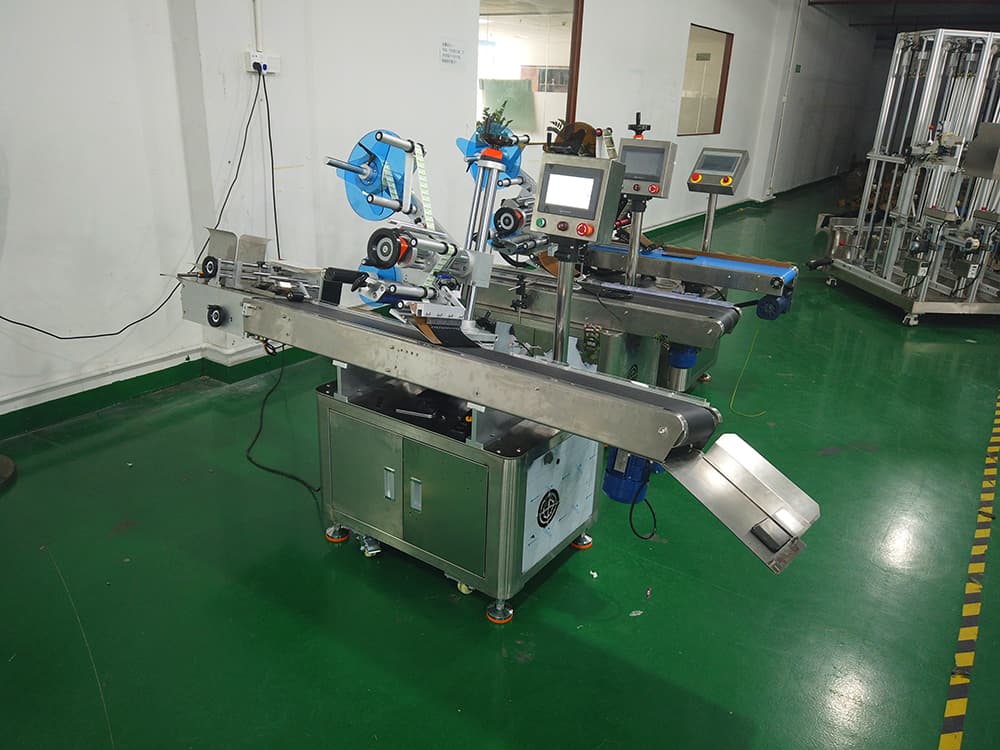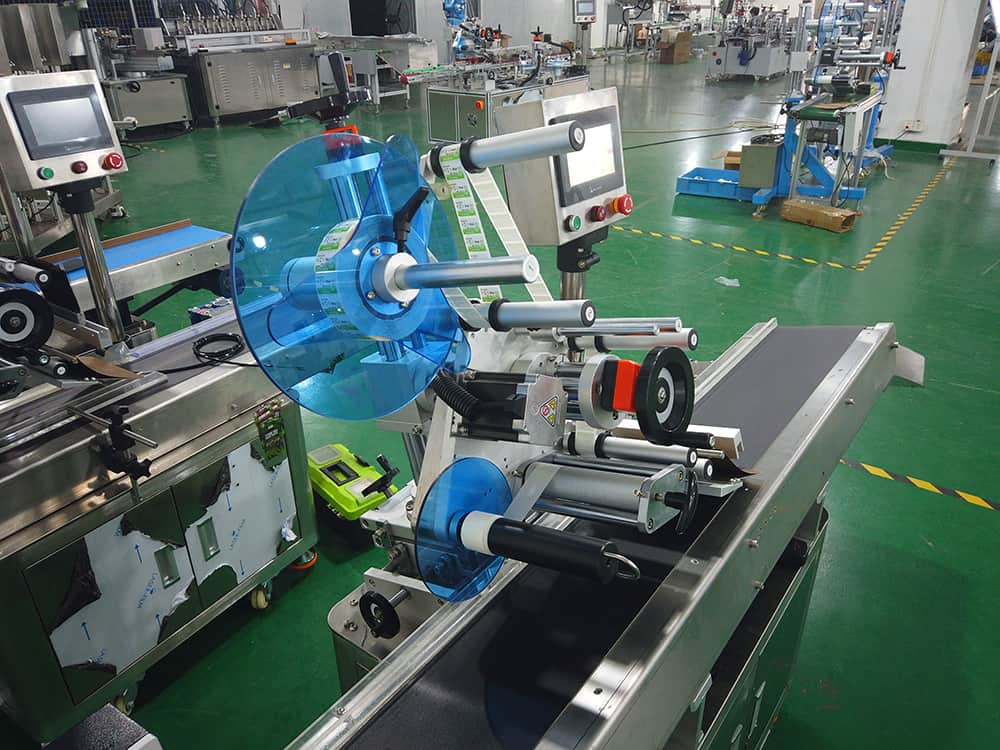In the world of manufacturing and packaging, one of the most pivotal yet often understated heroes is labelling equipment. This technology, essential for various industries, serves the critical function of applying labels to products, thereby providing crucial information, aiding in brand recognition, and ensuring regulatory compliance.
Labelling equipment refers to machinery specifically designed to print and apply labels to products, packaging, or containers. These labels can include product information, barcodes, ingredients, and branding elements. The primary function of labelling equipment is to facilitate product identification, enable tracking through supply chains, and assist in the marketing of products by enhancing their shelf appeal.
As we delve deeper into the world of labelling, it becomes apparent how vital this technology is not just for compliance and logistics, but as a key player in marketing strategies and customer engagement.

What Is Labelling Equipment and What Are Its Primary Functions?
Labelling equipment encompasses a range of machinery designed for the specific task of attaching labels to products. This equipment varies widely in complexity, from simple manual devices to highly sophisticated automated systems that integrate seamlessly with manufacturing lines. The primary functions of labelling machines include printing product information, applying labels to containers, and ensuring that labels are attached securely and accurately.
The importance of labelling equipment lies in its ability to provide essential product information to consumers, comply with regulatory requirements, and enhance brand visibility. In today’s market, labels serve as a direct communication channel between brands and their customers, making the role of labelling equipment more crucial than ever.
What Are the Different Types of Labelling Machines and Their Applications?
Labelling machines are categorized based on their operation methods, including manual, semi-automatic, and fully automatic systems. Manual labelling machines are operated by hand, making them suitable for small-scale operations.
Semi-automatic machines require some manual handling but are faster and more suitable for medium-volume production. Fully automatic labelling machines are integrated into production lines, offering the highest efficiency and precision for high-volume manufacturing environments.
Each type of labelling machine finds its application in different industries based on the volume of production and the specific requirements of the products being labeled. For instance, fully automatic labellers are commonly used in the food and beverage industry for high-speed labelling of bottles and cans.

How Do the Components and Technology of Labelling Equipment Work?
The core components of labelling equipment include the label dispenser, applicator, conveyor, and printing mechanism. The label dispenser peels labels from their backing and positions them for application. The applicator then attaches the label to the product, which is transported via the conveyor. Modern labelling machines often incorporate advanced printing technologies like thermal transfer or inkjet to print variable information on labels in real-time.
The integration of technology such as machine vision systems for label inspection and placement verification ensures high accuracy and reduces the risk of errors, significantly improving the efficiency of the labelling process.

Why Is Labelling Crucial for Product Identification and Branding?
Labels are not just about identifying products; they are a critical element of branding and marketing strategies. They provide a first impression and communicate a brand’s values and identity to the consumer. Effective labelling can differentiate a product from its competitors, enhance its shelf appeal, and influence purchasing decisions.
Moreover, labels carry essential information such as ingredients, usage instructions, and compliance markings, which are crucial for consumer safety and trust. The strategic importance of labelling in building brand recognition and consumer loyalty cannot be overstated.
In Which Industries Is Labelling Equipment Most Commonly Used?
Labelling equipment is ubiquitous across industries where product packaging plays a pivotal role. The food and beverage sector relies heavily on labelling for brand differentiation and regulatory compliance. The pharmaceutical industry uses labelling to provide critical health information and track products through supply chains. Other industries, including cosmetics, chemicals, and electronics, also depend on labelling equipment for product identification, branding, and compliance with international standards.

What Are the Latest Advancements in Labelling Technology?
Recent advancements in labelling technology focus on increasing efficiency, accuracy, and connectivity. Innovations such as RFID (Radio Frequency Identification) and NFC (Near Field Communication) tags enhance product tracking and inventory management. Smart labels, which can display real-time information and interact with smartphones, are transforming product engagement and consumer experiences. Moreover, the integration of AI and machine learning algorithms is improving the accuracy of label placement and quality control.
How Can Businesses Choose the Right Labelling Equipment for Their Needs?
Selecting the appropriate labelling equipment involves considering several factors, including production volume, label type, product shape, and industry-specific requirements.
Businesses must evaluate the compatibility of labelling machines with their existing production lines, the flexibility to accommodate different label sizes and materials, and the potential for future scalability. Consulting with equipment manufacturers and conducting thorough market research can help businesses make informed decisions tailored to their operational needs.

What Maintenance and Troubleshooting Tips Are Essential for Labelling Machines?
Regular maintenance is crucial for the longevity and optimal performance of labelling equipment. Key maintenance tasks include cleaning the machine components, checking for wear and tear, and ensuring software updates are applied. Troubleshooting common issues, such as misaligned labels or printing errors, often requires consulting the machine’s manual and may involve adjustments to the sensor settings or calibration procedures. Establishing a routine maintenance schedule and training staff on basic troubleshooting can significantly reduce downtime and operational disruptions.
What Is the Future Outlook for Labelling Equipment and Technology?
The future of labelling equipment and technology is poised for significant advancements, with sustainability, automation, and interconnectivity at the forefront. The development of eco-friendly label materials and energy-efficient machinery addresses the growing demand for sustainable packaging solutions.
Continued innovation in automation and data analytics will further enhance the efficiency and customization of labelling processes, offering businesses new opportunities to engage with consumers and streamline operations.

Conclusion
Understanding the nuances of labelling equipment is essential for businesses aiming to enhance their product presentation, comply with regulatory standards, and streamline their manufacturing processes. As technology evolves, so too will the capabilities and applications of labelling equipment, underscoring its critical role in the global marketplace.
You may be interested:
- What is the best cable Labelling?
- How do you label instrument cables?
- What is the instrument used for Labelling?
- Top 10 Things You Should Know About Industrial Wire Labeling Machines






